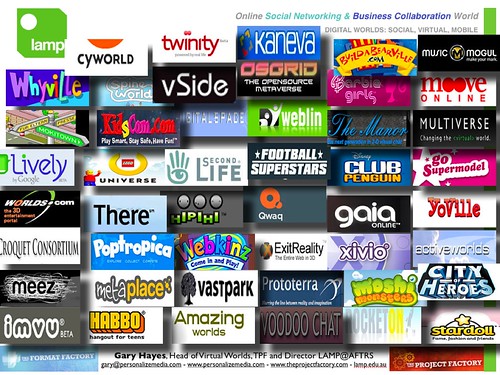-
17
Mar
Last weekend my family made the 2-hour trip to Powell, Ohio, outside Columbus, to visit my in-laws, Nana and Big Jack. The drive from Akron to Columbus is about the perfect length for a family of 5 with 3 boys, a 22-month-old toddler and 8-year-old twins. It’s just long enough for either Kim or I to get a bit of work done while the other drives, but short enough to keep the kids occupied with a combo of books, DVDs and Nintendo DS.
On this particular trip, I took the time to read the March 2009 edition of THE Journal. I’ve been mainly a digital print guy for the past several years even though Big Jack is a journalism professor at Central Michigan University and it probably breaks his heart a little that Kim and I don’t subscribe to a daily newspaper. THE Journal is one of the few magazines we still receive at home in print edition outside of Newsweek, an ASCD publication and ESPN the Magazine (it’s free with my Insider subscription, but a necessity so I can emerge victorious in Dr. McLeod’s BlogBall league).
The article that caught my attention this month was The Kids Are All Right by John K. Waters, which explored a recent MacArthur Foundation study, “Kids’ Informal Learning with Digital Media: An Ethnographic Investigation of Innovative Knowledge Cultures,” about students’ online participation. The study is extensive, spanning a 3 year period, and takes a close look at U.S. teens and their use of digital media. A few items from the article stood out enough for me to Tweet out to my PLN via Twitterberry.

I have to admit, one thing I really like about digital reading is the fact that I can easily follow up on items of interest via embedded hyperlink or with a quick Google search. Because I had quite a few questions in my mind from reading the article, I finally sat down tonight to take a closer look online for additional resources.
A few important take aways from my online “going further” session:
- Most youth use online networks to extend the friendships that they navigate in the familiar contexts of school, religious organizations, sports, and other local activities.
- The majority of youth use new media to “hang out” and extend existing friendships in these ways.
- Youth engage in peer-based, self-directed learning online.
- By its immediacy and breadth of information, the digital world lowers barriers to self-directed learning.
- To stay relevant in the 21st century, education institutions need to keep pace with the rapid changes introduced by digital media.
One important question the authors raise is what “would it mean to really exploit the potential of the learning opportunities available through online resources and networks?” This is something I have been thinking quite a bit about lately as I become more connected to other like-minded professionals via tools like Twitter, Plurk and Ning. It seems that in the small microcosm that is my PLN, educational professionals know and understand what it would mean. What I can’t quite wrap my head around is how to get all the millions of other educators outside of my PLN to know and understand the potential of these online learning opportunities. How do you take ideas like these to the masses? Releasing a study with accompanying 30 page white paper sure doesn’t seem like the solution, but I understand and appreciate the value in the research. I just don’t think that many practicing k-12 educators are going to take the time to read it, process it and then shift their practice because if the white paper’s impact.
As I blogged back in July 2008, I think part of it has to start in teacher education and Higher Ed. If we don’t start immersing our pre-service educators in learning environments that leverage the power and potential of online resources and networks then we are never going to have practicing teachers who immerse their students in those same type of learning experiences. And for all the practicing teachers out there now who need brought up to date? I think I’ll have to save that for another day and another drive when I have time to think, read and write.
- Published by brueckj23 in: Raised Digital
- If you like this blog please take a second from your precious time and subscribe to my rss feed!


Leave a Reply